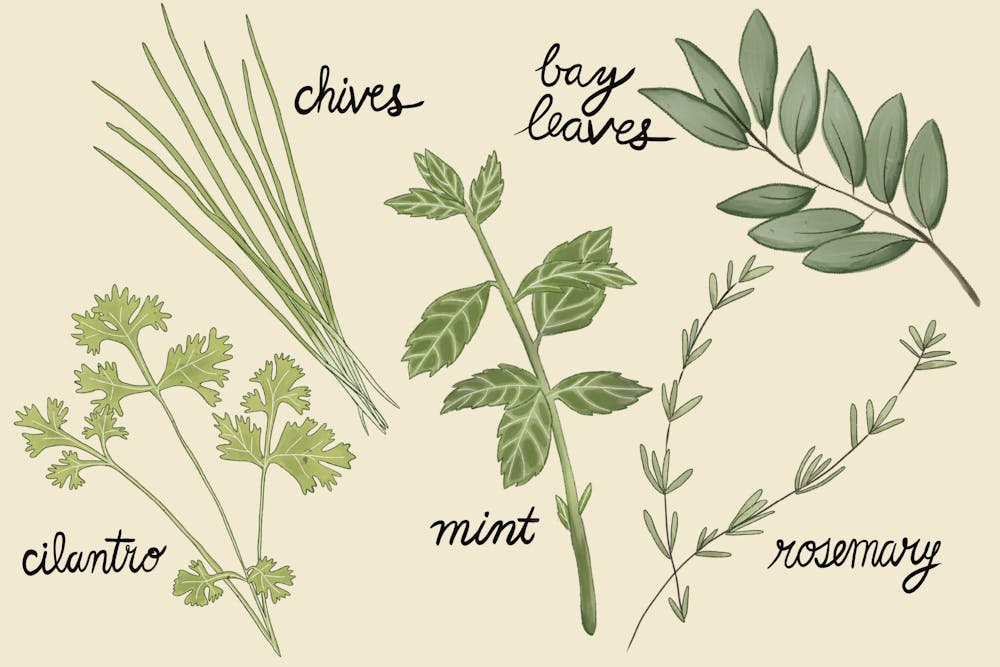Students can find more than 100,000 specimens of vascular and nonvascular plants in the A.C. Moore Herbarium in the Coker Life Sciences Building.
The A.C. Moore Herbarium was established in 1907 and is the largest herbarium in South Carolina. A herbarium is a collection of dried plant specimens, usually stored away from damaging elements such as light or water. It also contains countless resources full of botanical information.
"(The Herbarium), it's important for students. It's one of the few large natural history-type collections that we have on campus. I think it's sort of a direct connection with the world in which we live," Herrick Brown, curator at the A.C. Moore Herbarium said.
The A.C. Moore Herbarium has numerous opportunities for students to get involved. Students can bring in plants for identification, go on one of the monthly botany walks on the Horseshoe or, if they have more time, volunteer at the herbarium.
Volunteering involves entering data, sorting information or mounting specimens on sheets, among other things. Students of all backgrounds have applicable skills that can help.
"In addition to just volunteering, we totally welcome visitors to come and, if you're interested in looking at orchids, for example, you could just you know pull and look at and learn about them on your own time," Amanda Harmon, collections manager at the A.C Moore Herbarium, said. "If you're interested in any kind of plant and you just want to learn more, that's something that you can do too, just come and hang out."
Every plant's development is different, but the spring season allows for the perfect temperature for plants to start blooming, according to Brown.
"Some of the things you'll probably start seeing soon around town are going to be the state flower, which is the Yellow Jessamine," Brown said. "I've got some of my yard and I've already seen buds beginning to swell on that. Especially if it's got a south-facing aspect or something, it's going to tend to heat up a little bit more, put on a show a little bit earlier."
If students are interested in plants, then an easy way to involve themselves in the botany community with no commitment is to stay paying attention to the wild plants that grow all around them, Csilla Czako, Botany Database Technician for SC DNR said.
"Check out, like, sidewalk cracks. You know, areas that aren't necessarily, or areas that like, not the Horseshoe. Or like lawns are a great place. I mean, they're these tiny little flowers sometimes you can find and they're so cute," Czako said.
The Herbarium is a place for botanists and botany enthusiasts alike to connect and bond over a shared fascination of plants and the meaning behind how they grow, where they grow and — most importantly — what that means for the environment, Brown said.
Any student can visit the herbarium and spend time researching plants as long as they email the employees beforehand.
"I've seen (the Herbarium) spark an interest in learning more about what's growing around them. Because you know, in here we're working with dried, pressed specimens. And although you can glean a lot of information from that, it's still not as cool as actually looking at it in nature," Harmon said.

